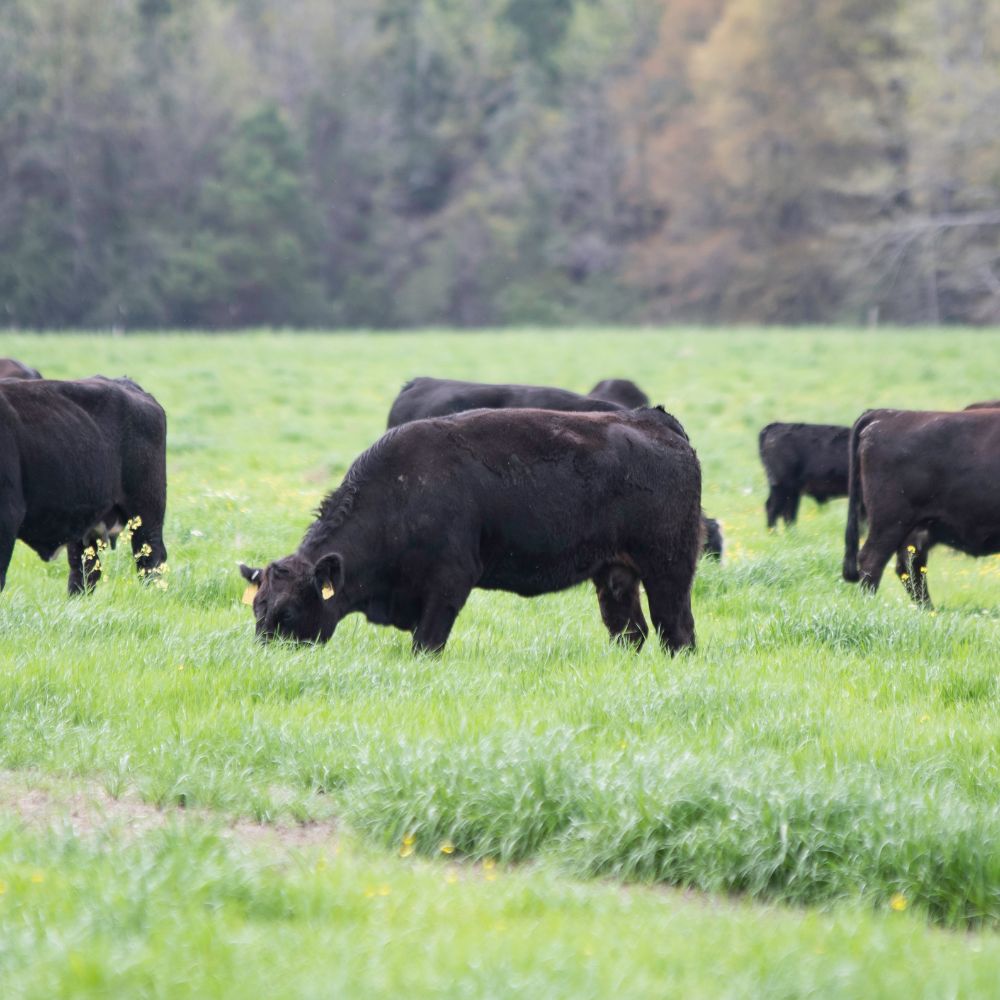The smart Trick of Bagley Risk Management That Nobody is Discussing
Table of ContentsWhat Does Bagley Risk Management Mean?Indicators on Bagley Risk Management You Need To KnowThe Basic Principles Of Bagley Risk Management The Facts About Bagley Risk Management RevealedBagley Risk Management Fundamentals Explained
In this manner, if costs do drop below that break-even factor by the end date, policyholders are secured versus a loss. This is very comparable to the way feedlots run, though they use a traditional hedge. As soon as a rancher agreements their livestock with a feedlot, they hedge those cattle to secure in the profit point.This will certainly be countered by the enhanced value of the cattle., ranchers secure versus a decrease in the futures board, however don't lose out on the higher return when prices go up.
They do this by selecting a reduced percent of the predicted finishing worth - National livestock insurance. This is a terrific technique for those searching for lower premium prices or who have a higher risk tolerance as a result of solid financial wellness. This technique may not shield productivity, yet it can safeguard against severe market declines
There is not a great deal of security or protection on a month-to-month basis, however if there is a serious mishap, producers have the tranquility of mind that comes from knowing they will just be accountable for a particular quantity expense. Simply remember, expect the very best yet plan for the most awful.
The smart Trick of Bagley Risk Management That Nobody is Discussing

Feeder livestock can be covered up to a 900-pound anticipated end weight and fed cattle can be covered up to a 1,400-pound end weight. With several weight classes to pick from, it is feasible to cover animals with the feedlot to the packer rail.
Applications can take numerous days to procedure and simply filling one out does not lock the candidate right into a plan. As soon as the application is approved and ready, the LRP endorsement, with its end day and predicted finishing worth, can be secured in swiftly. This enables ranchers to cover calves when the rate is best for their market threat management objectives.
Photo Courtesy USDA-NRCS Rates for calves, feeder cattle and ended up livestock have established some new documents this loss and very early winter months. A combination of scenarios has actually precipitated these historical costs. There is currently a great deal of cautious positive outlook on the component of cow-calf manufacturers as they look at the future.
Some Ideas on Bagley Risk Management You Need To Know

There are some advantages to manufacturers in using LRP insurance as contrasted to a standard feeder cattle contract or purchase of a choice - LRP Insurance. One is the versatility in the variety of cattle that can be insured. There is no reduced limitation to the number of cattle that can be insured
There is no obligation to offer cattle on which you have actually bought LRP Feeder Cattle protection. You might choose to retain possession and still be qualified for the indemnity needs to the Actual End Worth fall listed below your Protection Price. You may market cattle covered by LRP at any moment, gave the transfer of ownership does not occur more than 60 days prior to the LRP Agreement End Date.
If livestock die and your Ag, Threat Consultant is informed within 72 hours of you discovering of the fatality, the coverage remains essentially, and the producer is eligible for indemnities due to price loss, also on those pets which died. Yes! Calves can currently be covered before hooves hit the ground.
Top Guidelines Of Bagley Risk Management

Step 1) Full an application. Applications make sure newbie customers can be pre-approved to compose an LRP policy It is cost-free! Action 2) Lock in a Special Insurance Coverage Recommendation (SCE) when you discover a quote that meets your objectives. There are numerous levels of quotes that are released everyday making this a very versatile item that will fit any producer.
We are below for you. With each other, we're much better. With each other, we'll secure your financial investment.
With the perpetual change and unpredictability of the market, Animals Risk Defense (LRP) is something all livestock producers need to consider. The primary objective of LRP is to safeguard against the unanticipated descending cost activity in the market by setting a base on any type of provided date and kind of livestock you desire to guarantee.
The Single Strategy To Use For Bagley Risk Management
There are a range of protection degree options ranging from 70 to one hundred percent of the expected ending worth (https://filesharingtalk.com/members/592130-bagleyriskmng?tab=aboutme&simple=1). my website At the end of the selected insurance period, if the actual finishing worth is listed below the protection cost, you will be paid an indemnity for the distinction in cost. Manufacturer expects to market 1,000 head of 11cwt livestock and selects protection of $66
As of 2020, LRP (Cattle) is now offered in all states when the market is offered. Fed Cattle with ending weights between 1,000lbs-1,400 pounds that will be marketed for massacre near the end of the insurance coverage period.